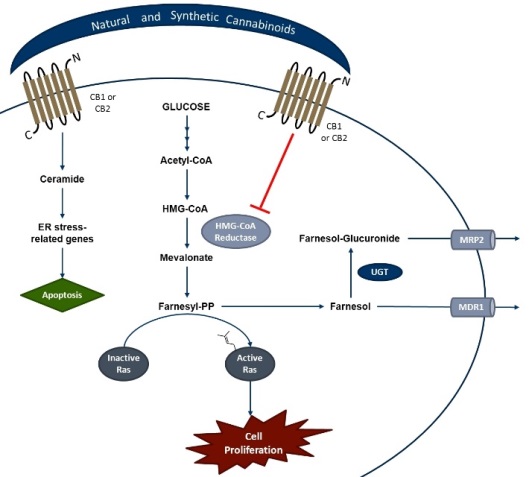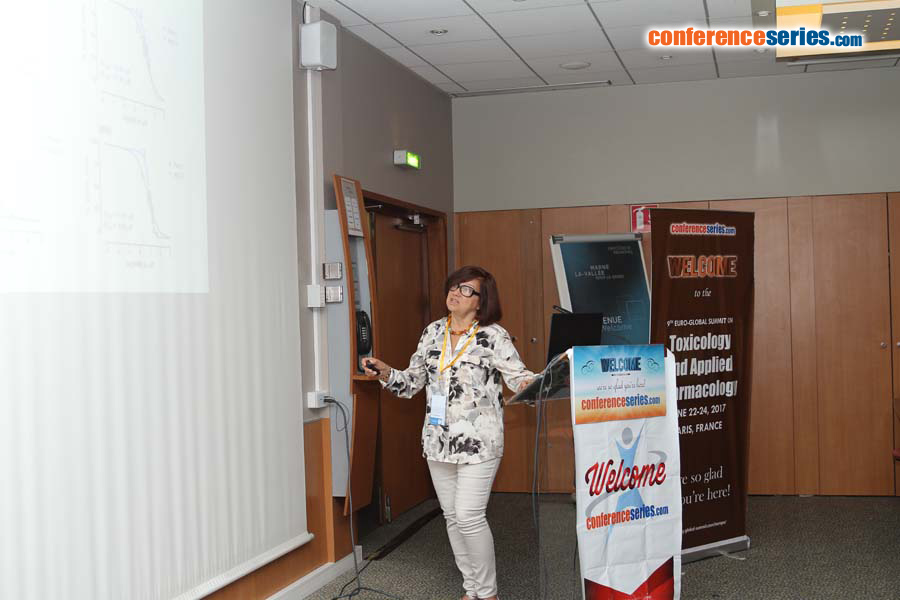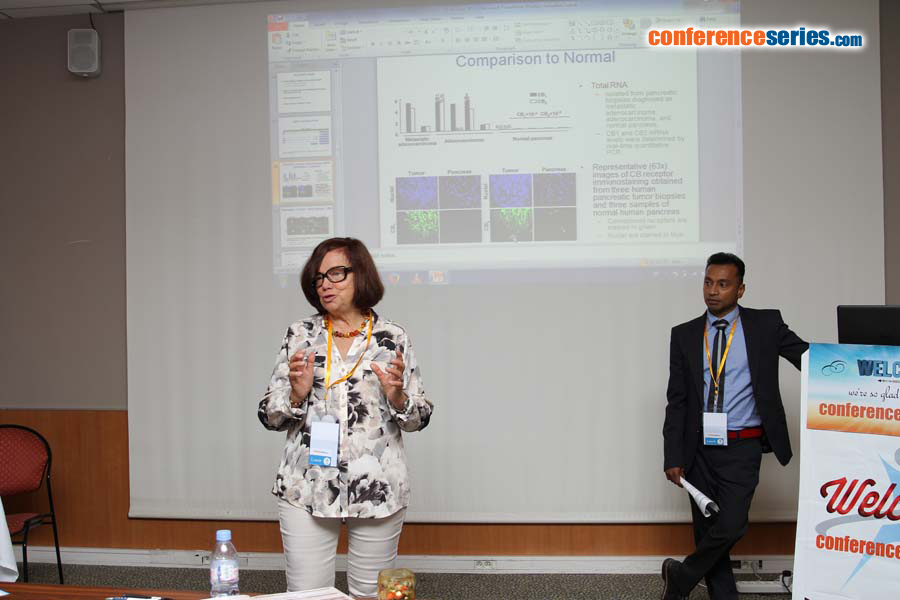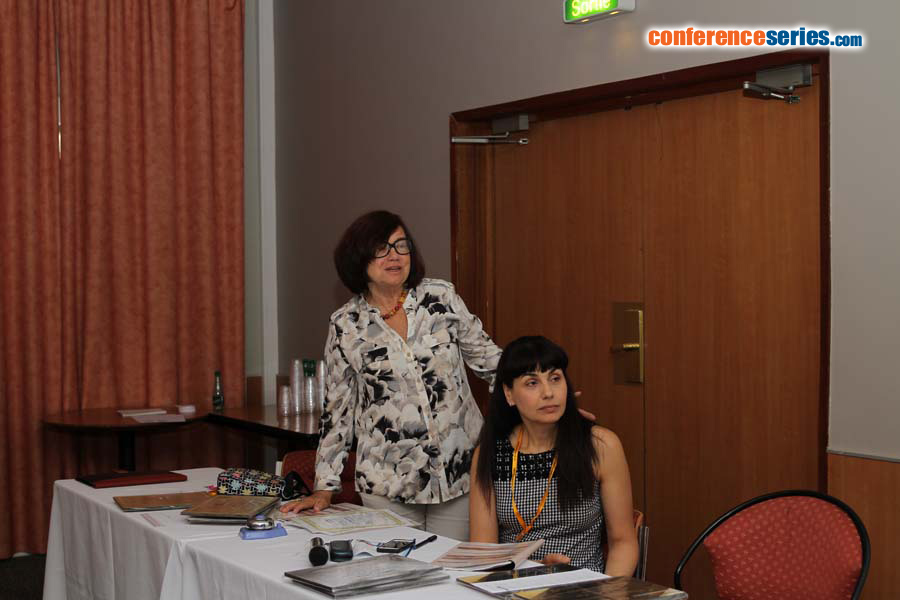
Anna Radominska-Pandya
University of Arkansas for Medical Sciences, USA
Title: Cannabinoid receptors and their ligands: Role in cancer proliferation
Biography
Biography: Anna Radominska-Pandya
Abstract
Statement of the Problem: The expression of CB1 and CB2 cannabinoid receptors (CBRs) was recently identified in a variety of cancers. In addition to normal forms, several receptor variants have been identified. It is recognized that CBRs activated by specific ligands effect cancer proliferation. Limited research reported that the function of the receptors is highly cancer specific. However, the information on the role of CB ligands in cancer is underdeveloped. The purpose of this study is to identify CBRs in breast and pancreatic cancer cell lines, investigate the effects of CBR activation by specific synthetic and natural ligands, and reveal the role of CBR variants in breast and pancreatic cancer cell lines.
Methodology & Theoretical Orientation: Breast and pancreas cancer cells were utilized to obtain cDNA, lysate, and membrane for Western blotting, siRNA treatment, and RT-PCR. The effect of several CB ligands on cell proliferation was investigated.
Findings: All cancer cells expressed CB1 and CB2 mRNA and contained different levels of receptor proteins. In the case of CB1, significant amounts of dimers were formed. RT-PCR demonstrated that both CB1 and CB2, and several CB1 variant forms were present in cancer cells. Silencing of CB1 decreased the effect of CB1 ligands on proliferation.
Conclusion & Significance: Our preliminary data clearly demonstrate that CB1 and CB2 receptors as well as several CB1 variants expressed in cancer cells can be activated by anti-cancer drugs and natural compounds. The type of cancer strongly determines how drug treatment will affect cancer cell proliferation, consistent with reports that CBRs are recognized as highly drugable targets in cancer cells. It is anticipated that this pathway can constitute a novel and effective means to treat cancer. Future studies will be designed to investigate potential CBR metabolic targets. Figure 1 presents metabolic pathways that can be affected by activation of cannabinoid receptors. (NIH/NIDA DA039143 to AR-P and PLP; Award W81XWH1110795 to AR-P).
Recent Publications
1. Dates C R, Fahmi T, Pyrek S J, Yao-Borengasser A, Borowa-Mazgaj B, Bratton S M, Kadlubar S A, Mackenzie P I, Haun R S, Radominska-Pandya A (2015) Human UDP-glucuronosyltransferases: Effects of altered expression in breast and pancreatic cancer cell lines. Cancer Biol. & Ther. 16(5): 714-723.
2.Prather P L, Francisdevaraj F, Dates C, Greer A K, Bratton S M, Ford B M, Franks L N, Radominska-Pandya A (2013) CB1 and CB2 receptors are novel molecular targets for tamoxifen and 4OH-tamoxifen. Biochem. Biophys. Res. Commun. 441(2): 339-343.
3.Greer A K, Dates C R, Starlard-Davenport A, Edavana V K, Bratton S M, Dhakal I B, Finel M, Kadlubar S A, Radominska-Pandya A (2014) A potential role for human UDP-glucuronosyltransferase (UGT) 1A4 promoter SNPs in the pharmacogenomics of tamoxifen and its derivatives. Drug Metab. Dispos. 42(9): 1392-400.
4. Saeed L M, Mahmood M, Pyrek S J, Fahmi T, Xu Y, Mustafa T, Nima Z A, Bratton S M, Casciano D, Dervishi E, Radominska-Pandya A, Biris A S (2014) Single-walled carbon nanotube and graphene nano-delivery of gambogic acid increases its cytotoxicity in breast and pancreatic cancer cells. J. Appl. Toxicol. 34(11): 1188-1199.
5. Brents L K, Medina-Bolivar F, Seely K A, Nair V, Bratton S M, Nopo-Olazabal L, Patel R Y, Liu H, Doerksen R J, Prather P L, Radominska-Pandya A (2012) Natural prenylated resveratrol analogs arachidin-1 and -3 demonstrate improved glucuronidation profiles and have affinity for cannabinoid receptors. Xenobiotica. 42(2): 139-56.






